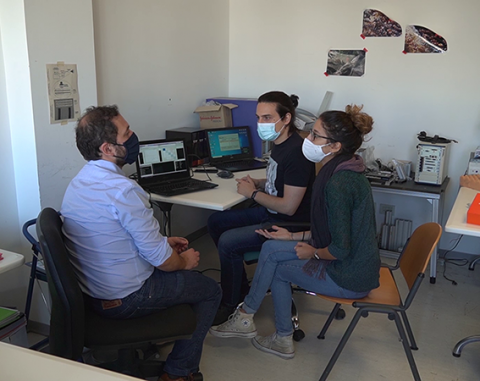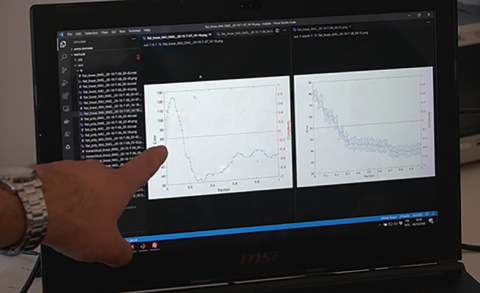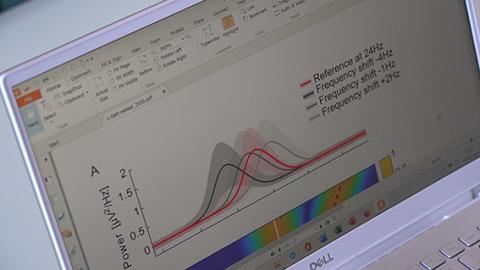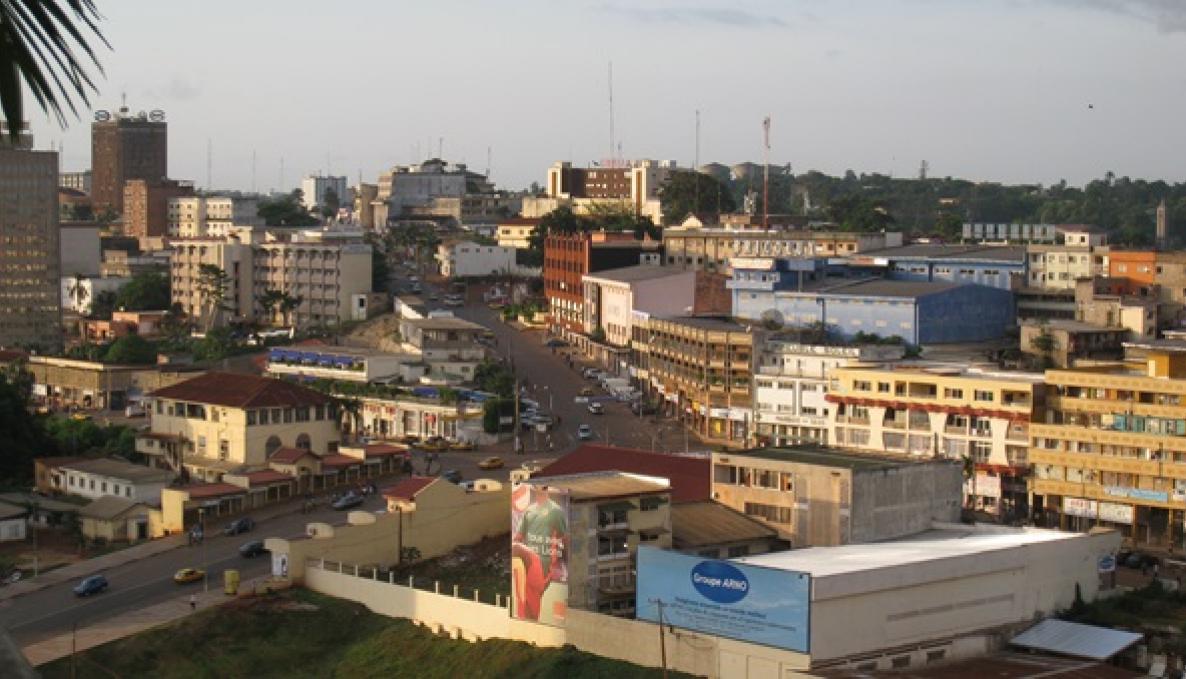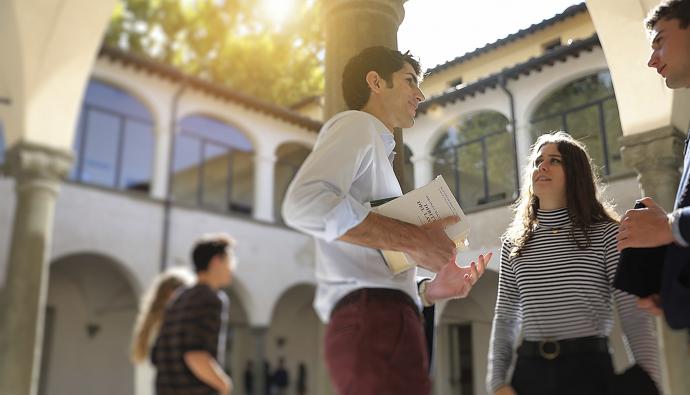NEUROENGINEERING, A NOVEL STUDY BY THE BIOROBOTICS INSTITUTE OF SCUOLA SUPERIORE SANT’ANNA PAVES THE WAY TO PERFORM PERSONALIZED THERAPY FOR PARKINSON’S DISEASE
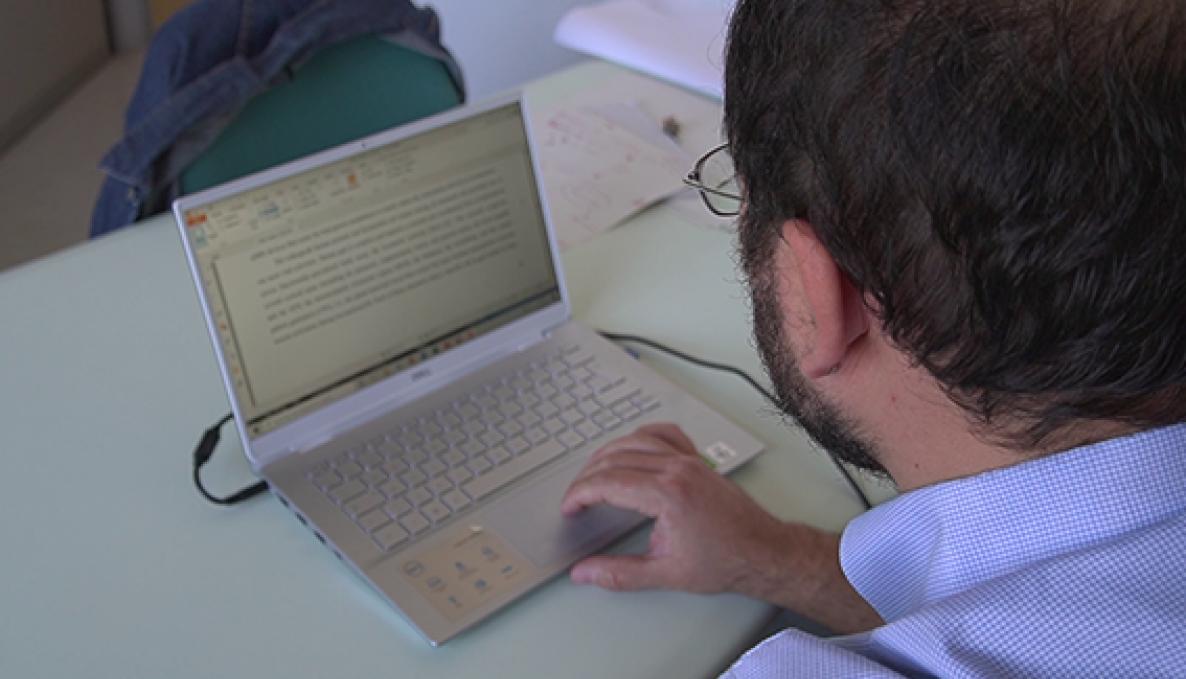
Deep Brain Stimulation (DBS) is currently the most effective therapy to fight the motor symptoms associated with Parkinson’s Disease (PD). The DBS delivers electrical stimulation to specific areas of the brain and block some symptoms of the disease such as hand tremor. To increase the efficacy of this therapy it is necessary to decode the patient's condition to modulate the stimulation accordingly. To reach this objective, the study published in Brain Stimulation thanks to the collaboration between The Biorobotics Institute at Sant’Anna School, the University of Genova and the Department of Neurology, University Hospital and Julius Maximilian University, Würzburg, has discovered a feature in the neural signal able to indicate the onset or the offset of a patient’s walk.
“The aim of our research – says Alberto Mazzoni, Assistant Professor at The BioRobotics Institute and Principal Investigator of Computational Neuroengineering Laboratory - is to improve current stimulation therapies for Parkinson’s Disease. Our intention is to realize flexible therapy, able to adapt to the patient’s condition”.
But what happens in the brain of a person with PD during the walk? “We observed a frequency shift in neural activity – explains Mazzoni - It's the same as when we listen to the radio during a car trip and we have to change radio frequency to keep listening to the same broadcast. When a patient with Parkinson’s disease starts walking, some characteristic oscillations in the parkinsonian brain change frequency”.
This is a surprising finding since the brain usually conveys information through changes in the amplitude of its rhythms rather than in the frequency; moreover, the study presents a mathematical approach, based on information theory, which allows to identify immediately this frequency shift. Thanks to this, DBS in the future could be modulated to focus on PD symptoms associated with walking. The study published in Brain Stimulation has been realized in collaboration with the University of Genova and the team led by Prof. Ioannis U. Isaias (University Hospital and Julius Maximilian University, Würzburg).
“This result is the first step towards personalized neuromodulation therapy to improve the quality of life of patients with Parkinson's disease" comments Isaias.
PAPER: https://doi.org/10.1016/j.brs.2020.09.006

